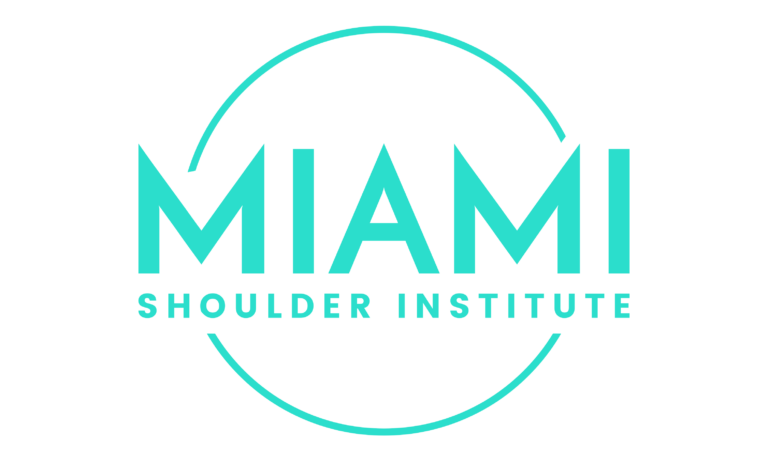
Shoulder osteoarthritis (OA) and cuff tear arthropathy (CTA) are both degenerative conditions of the shoulder that affect the joint’s structure and function, leading to pain, stiffness, and loss of movement. Although they share some similarities, they have distinct causes and mechanisms, and the ultimate treatment may differ.
Shoulder osteoarthritis is a degenerative condition characterized by the breakdown of the articular cartilage in the shoulder joint, leading to pain, stiffness, and decreased mobility. The shoulder has two primary joints that can be affected:
Causes
• Age-related degeneration: Most common in individuals over 50 years old.
• Previous injury: A history of shoulder dislocations, fractures, or rotator cuff injuries can predispose to arthritis.
• Overuse or repetitive stress: Repeated overhead movements or heavy labor can accelerate joint wear.
• Genetics: Family history of arthritis may increase the risk.
• Rheumatoid arthritis: An autoimmune condition that can also lead to shoulder arthritis.
Symptoms
• Pain: A deep, aching pain in the shoulder, often worse with movement or at night.
• Stiffness: Difficulty moving the shoulder, especially in the morning or after periods of inactivity.
• Grinding or crepitus: A grating sensation or sound during movement due to roughened joint surfaces.
• Loss of range of motion: Difficulty with overhead activities, reaching behind the back, or rotating the arm.
• Weakness: Decreased strength due to pain and muscle atrophy.
Diagnosis
• Physical examination: Assessing pain, range of motion, and shoulder function.
• X-rays: Show joint space narrowing, bone spurs (osteophytes), and changes in bone density.
• MRI or CT scan: Not required for diagnosis but helpful for assessing for associated soft tissue damage and preparing for surgery.
© All Rights Reserved.